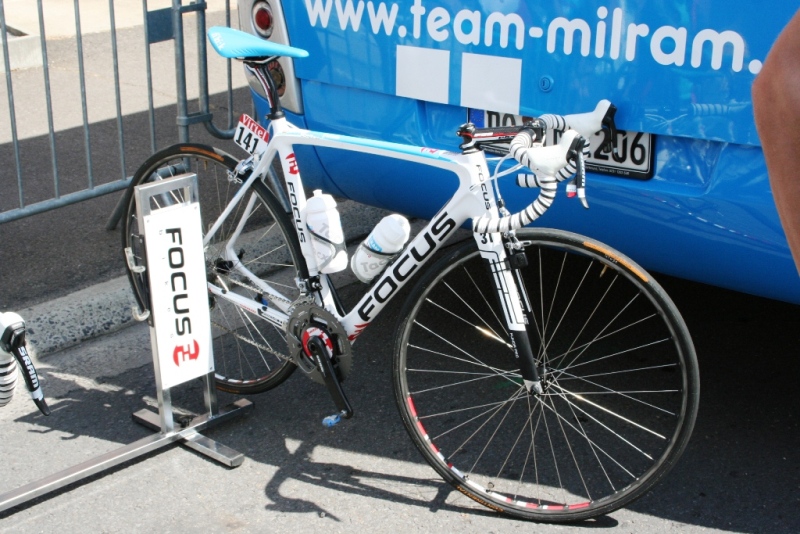Looking Back Over the 2010s

At the beginning of the year, we talked about our predictions of where bicycles are headed in the upcoming decade. Now, with a little time to reflect on the 2010s, it’s fun to look back and see what the last decade really has been all about in terms of cycling.

One thing that strikes me is how little road bikes have changed. A 2010 Tour de France bike (above) looks not very different from a 2020 one: lightweight carbon frame, brifters, narrow tires. Sure, the tires have grown from 23 to 25 (or even 28) millimeters wide, and the derailleurs are now activated by little motors rather than directly via cables, but the fact that we’re excited about such small details shows how little has really changed.
Compare that to the 1990s: At the beginning of the decade, almost all riders were on steel bikes with horizontal top tubes and downtube shifters. Ten years later, steel was dead and brifters had taken over. And the 2000s started with Marco Pantani winning Tour stages on a top-tier aluminum bike. Talk about radical change!
The last time racing bikes changed this much had been during the 1930s, when lightweight frames and derailleurs first made their appearance in the big tours.

So what were the big themes of the 2010s? On the surface, it was gravel bikes and disc brakes. Almost unknown at the beginning of the decade, drop-bar bikes with wide tires became the hottest trend of the late 2010s. Disc brakes and tubeless tires migrated from mountain bikes to the gravel sector. 650B wheels came full circle, from randonneur bikes to mtbs and now back to all-road bikes.

With all the talk about ‘gravel,’ it’s easy to overlook that these new all-road bikes are a much more significant shift than the ‘big’ changes of the 1990s. For the first time in more than half a century, ‘go-fast’ bikes are no longer synonymous with narrow-tired racing bikes. All-road bikes have upended the familiar categorizations:
- Racing Bike = fast
- Mountain Bike = rough roads
- Touring Bike = comfortable
The new breed of all-road bikes are as fast as racing bikes, can go on rough roads like mountain bikes, and are as comfortable as touring bikes. Combining all these qualities in a single bike seemed impossible in 2010. Today, it’s commonplace.
And a typical Sunday ride is no longer limited to pavement. Being able to ride – and enjoy – gravel roads has opened up new loops that bypass busy roads.

Realizing that wide tires and performance can go together has also changed bicycle touring. Where traditional touring bikes were designed for rear loads that required stiff frames and more sedate riding styles, now riders tour on performance bikes. Off-road, bikepacking distributes the load across the entire bike to keep it nimble in tight single track.

On the road (paved or gravel), stiff racks have changed how we distribute our loads. We can carry an entire camping load on the front wheel of a performance bike, where it is more aerodynamic, has little impact on the handling, doesn’t require an overly stiff frame, and even allows out-of-the-saddle sprints. Traditional touring bikes have become almost obsolete – just put a good rack on your all-road bike, and you can enjoy spirited performance even on a camping trip.

Another important trend: Women are finally taken seriously as cyclists. Gone are the days when women’s bikes came only in pink and with low-end components. (We’re not against pink entry-level bikes, but against stereotyping women.) Today’s women cyclists buy their own bikes and ride them competently, rather than relying on the men in their lives, both for equipment and advice.
These trends are not mere fads. They are so profound that they are here to stay. Cycling will never be the same again, and it’s all the better for it.
What do you consider the most important developments of the last decade?
Photo credits: Amanda Naumann (Photo 1); Alex Kochon (Photo 2); Al McWilliams (Photo 3); Mark Vande Kamp (Photo 6)



